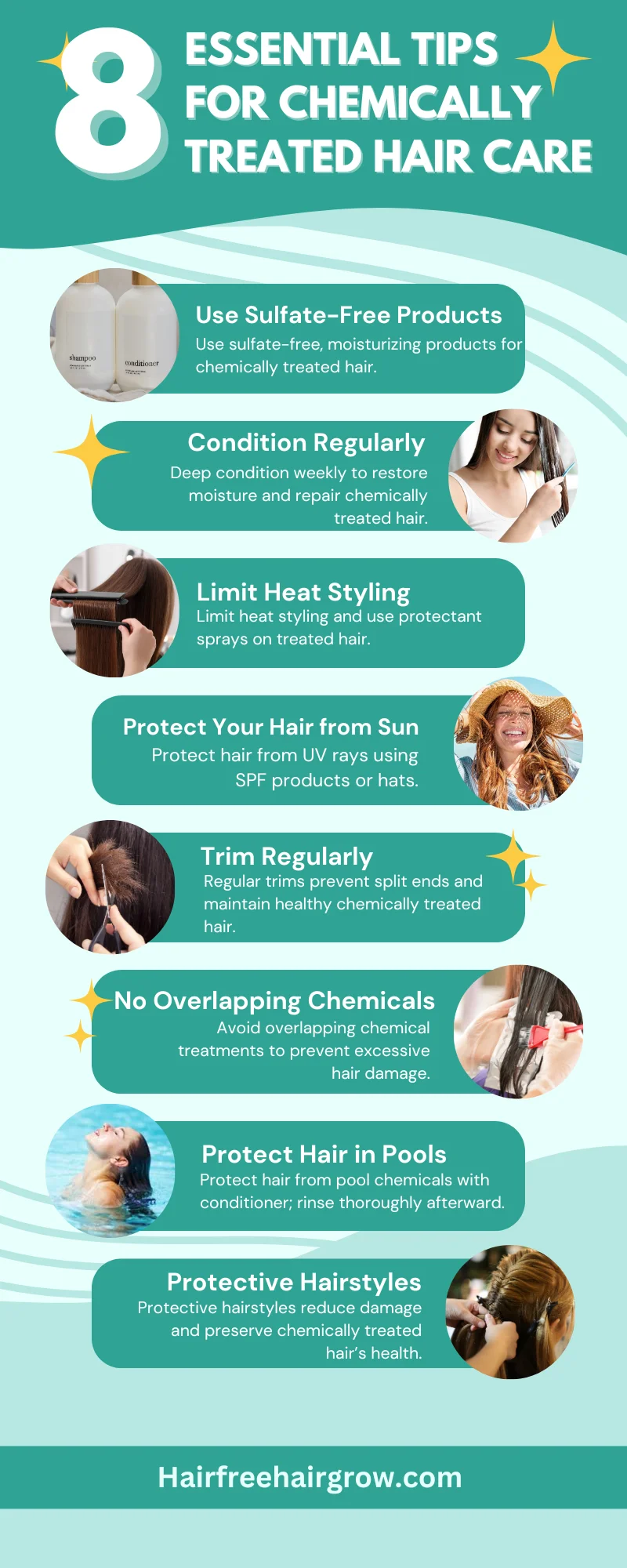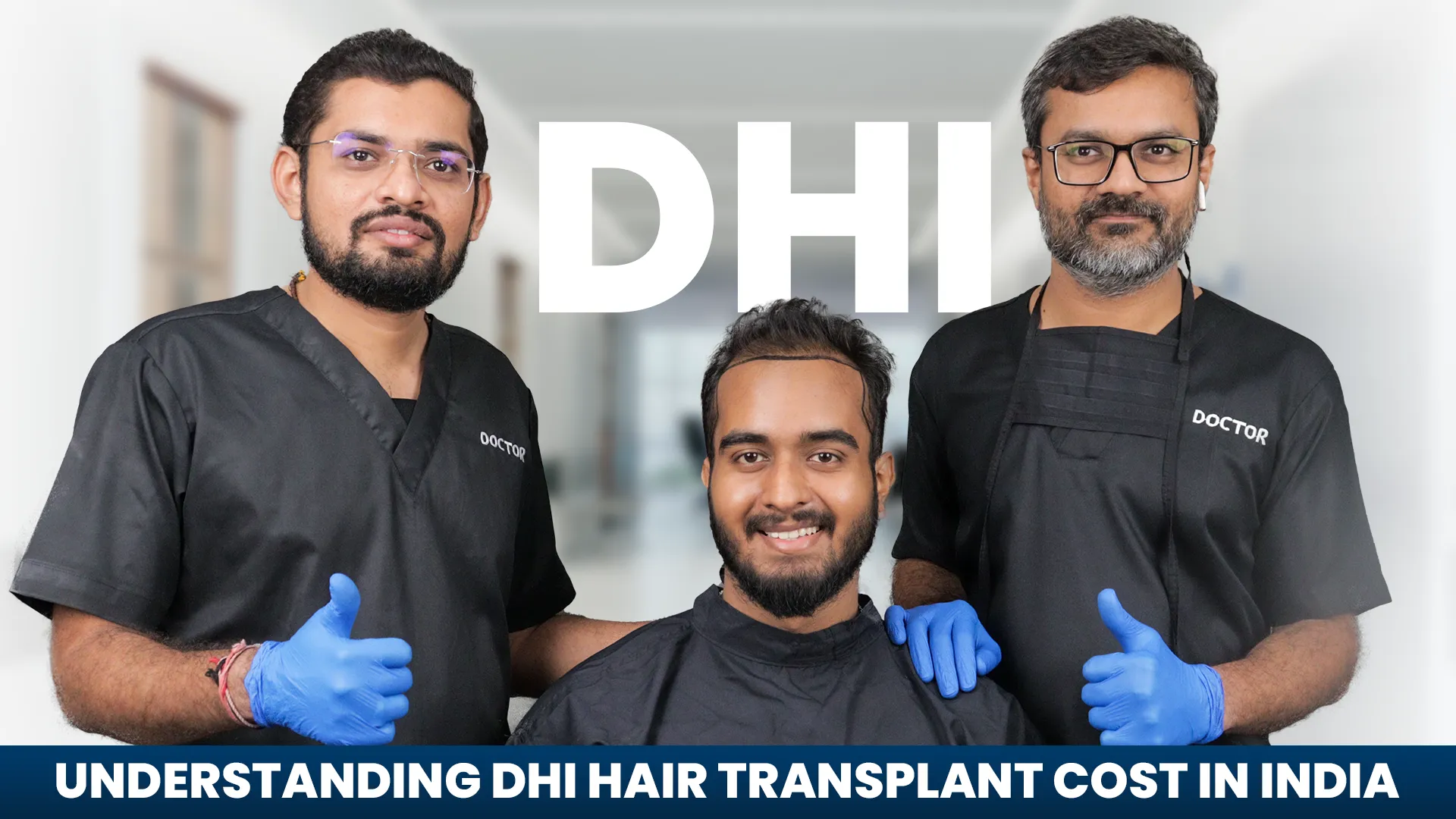Chemically treated hair, whether permed, relaxed, or colored, requires special care to keep it healthy and vibrant. The chemicals used in these processes can alter the hair’s structure and leave it more susceptible to damage. To ensure your chemically treated hair stays in its best condition, here are some essential tips to help you care for and maintain its natural beauty.

1. Use Sulfate-Free Shampoos and Conditioners
Opt for sulfate-free shampoos and conditioners specifically formulated for chemically treated hair. Sulfates can strip away the hair’s natural oils, leading to dryness and brittleness. Look for products that are gentle, moisturizing, and designed to protect and nourish chemically treated hair.
2. Deep Condition Regularly
Chemically treated hair often lacks moisture and requires extra nourishment. Incorporate deep conditioning treatments into your hair care routine at least once a week. Deep conditioners replenish lost moisture, improve elasticity, and help repair any damage caused by chemical treatments.
3. Limit Heat Styling
Excessive heat styling can further damage chemically treated hair. Minimize the use of blow dryers, curling irons, and straighteners, as high temperatures can cause the hair to become dry and brittle. When heat styling is necessary, apply a heat protectant spray to minimize damage.
4. Protect Your Hair from Sun
UV rays can fade and weaken chemically treated hair, especially colored hair. Shield your locks from the sun by wearing a hat or using a protective hair product with SPF. This extra layer of defense helps prevent color fading and maintains the overall health of your chemically treated hair.
5. Trim Regularly
Trimming your hair regularly helps eliminate split ends and promotes healthier growth. Chemically treated hair is prone to split ends due to its altered structure. Schedule regular trims every 6-8 weeks to maintain the integrity of your hair and prevent further damage.
6. Avoid Overlapping Chemical Treatments
When opting for multiple chemical treatments, such as perming and coloring, it’s essential to avoid overlapping them. Overlapping can lead to excessive damage and weaken the hair strands. Consult with a professional hairstylist to ensure a suitable timeline between treatments and minimize the risk of hair damage.
7. Be Mindful of Swimming Pools
Chlorine and other chemicals present in swimming pools can cause discoloration and dryness in chemically treated hair. Before swimming, wet your hair and apply a leave-in conditioner to create a protective barrier. After swimming, rinse your hair thoroughly and use a clarifying shampoo to remove any chemical buildup.
8. Embrace Protective Hairstyles
Protective hairstyles, such as braids, buns, or twists, can help safeguard chemically treated hair by reducing exposure to external elements. These styles also promote less manipulation, minimizing breakage and preserving the hair’s health and length.
Conclusion
By following these hair care tips, you can maintain the health and beauty of your chemically treated hair. Remember that each type of chemical treatment requires specific care, so consult with a professional stylist for personalized advice. With proper care and attention, you can enjoy luscious, vibrant hair that showcases your unique style and personality.
Written By
MD (Skin & VD)
Dr. Kiran Chotaliya, a trichologist and hair restoration specialist, has devoted his career to understanding and treating chemically processed hair. With a MD in cosmetic science and over a decade of clinical experience, he specializes in the care and maintenance of permed, relaxed, and colored hair.
Disclaimer
We’ve made all possible efforts to ensure that the information provided here is accurate, up-to-date and complete, however, it should not be treated as a substitute for professional medical advice, diagnosis or treatment. See Detailed Disclaimers Here.



